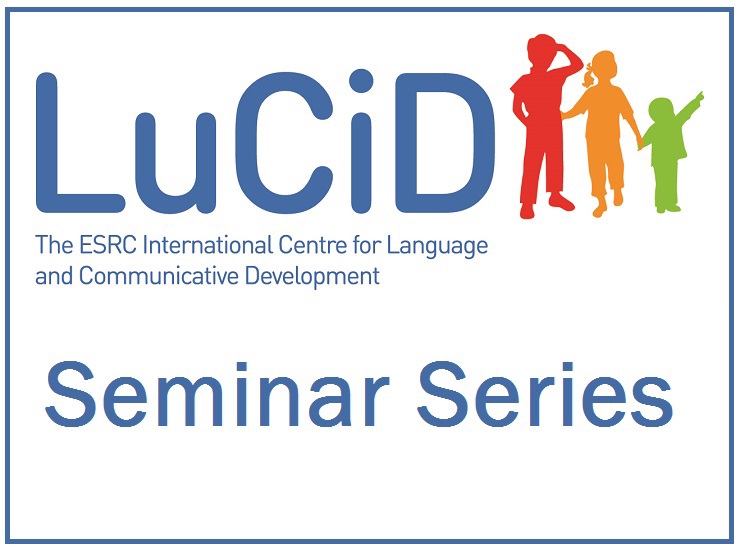
Dr Katie Twomey will give the next LuCiD seminar on new insights into curiosity driven learning. The seminar will take place from 11.00-12.30 at Lancaster University on Tuesday 7th November.
Abstract
Decades of innovative experiments have provided a rich body of knowledge about what affects early development and learning. In particular, many empirical studies have focused on the development of one of the building blocks of cognition – categorization. This critical ability to engage efficiently with the world is evident from birth and develops rapidly. Importantly, early-learned categories are affected by perceptual characteristics of both 2D and 3D category exemplars, and recent work suggests that infants learn best when perceptual complexity in the category learning task is maximized (Mather & Plunkett, 2011).
However, in an experimental setting the researcher chooses what infants see, in what order, and for how long, in a carefully-controlled lab environment. Outside the lab, however, infants actively explore a noisy learning environment based on their own curiosity, engaging with the world at their own pace. However, to date little research has focused on this active learning, and what level of complexity best supports learning is unknown. Given that the vast majority of infants’ learning is curiosity-driven, understanding this exploration is critical both to our broader understanding of development and to designing interventions which can support learning in atypical development.
The current talk describes a series of studies examining whether and how infants choose to learn when allowed to freely explore a category. I will present the first “curious” neural network model of infant categorization which captures existing empirical data (Mather & Plunkett, 2011) and predicts, in line with recent empirical work (Kidd, Piantadosi & Aslin, 2012), that infants will choose to learn from stimuli of intermediate complexity. Next I will describe a category exploration/looking time task in which infants viewed a simple 2D shape category, and as predicted by the model, generated sequences of visual exploration of intermediate complexity. Finally, I will present preliminary data from an ongoing 3D category exploration/object examining task in which infants were presented with categories of shapes, and again showed nonrandom exploration. Taken together, these studies offer new evidence that even young infants can systematically impose structure on their learning environment, actively driving their development based on their intrinsic curiosity.
Seminar Logistics
Where: Room A076, Science and Technology building, (labelled as SAT on the campus map), Lancaster University
When: 11-12.30, Tuesday 7th November
